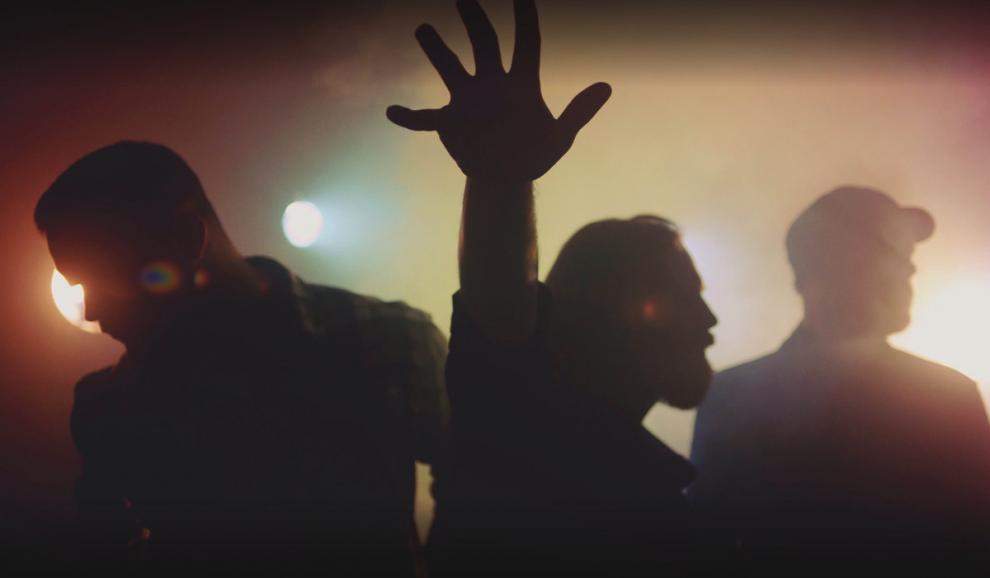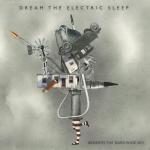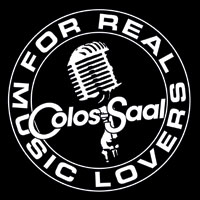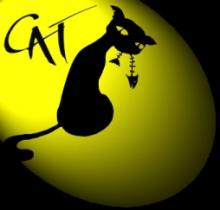Dream The Electric Sleep
 Biografie
BiografieDream the Electric Sleep combine 70’s AOR and 80’s Darkwave, with a spacey, heavy post-rock intensity. Influenced by Led Zeppelin, The Beatles, Neurosis, Peter Gabriel, Pink Floyd, Tears for Fears, Soundgarden, and The Who, Dream the Electric Sleep have spent the last eight years crafting an expansive, eclectric sound.
The band was formed in Lexington, KY by Matt Page (vocals/guitar), Joey Waters (drums), and Chris Tackett (bass) in 2009. After two self-produced, independent releases, “Lost and Gone Forever” (2011) and “Heretics”(2014), Dream the Electric Sleep is preparing to release its third album, “Beneath the Dark Wide Sky,” which marks a clear shift in the band’s songwriting style and sonic quality. “We decided we needed help realizing the vision we had for the new album,” says guitarist and vocalist Matt Page. “The songs were different enough from our earlier material that we felt they needed a new treatment and a fresh set of ears to help pull out the strengths and tighten up the ambiguities of each song. We contacted several producers we wanted to work with, and sent them the demos. We were thrilled to learn Nick Raskulinecz was interested in working with us. We went to Nashville to meet him and jam at Rock Falcon Studio and had a blast. There was a real chemistry between all of us and we knew we’d found our guy.”Raskulinecz, who has produced multiple Grammy winning bands such as Foo Fighters, Mastodon, Rush, and Alice in Chains, helped shape “Beneath the Dark Wide Sky” with his commitment to crafting an emotive sound palette and capturing high energy performances. “We completely deconstructed a lot of the songs with Nick and tried to find the most impactful elements to build around. It was a new experience for us as a band, but ultimately, we got what we thought was the best version of each song,” says bassist Chris Tackett.
“Beneath the Dark Wide Sky” is inspired by photographs taken of the Dust Bowl in the 1930’s by American photographer Dorothea Lange. Lange worked for the United States Works Progress Admiration and hoped her photographs could be used to educate the masses (via photo essays in major news publications and magazines) to the poverty and desperate living conditions of thousands of farming families and migratory workers who lived and worked in the drought-struck American Great Plains. Lange believed photographs had the ability to shine an objective light on issues of social justice and environmental degradation and could be used to persuade and motivate social and political change. “Much of what motivated Lange motivates me,” said Page. “How does art inform the way we understand the world we live in and can it motivate us to challenge and change our assumptions? I am not sure there is an easy correlation, but I am very interested in those who try to bridge the gap between art and life.
Quelle: http://pirate-smile.com www




